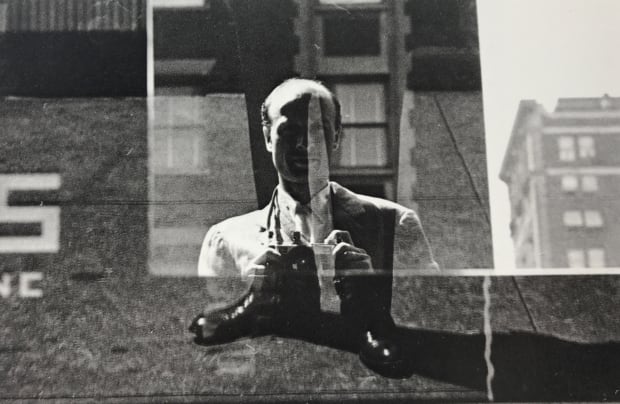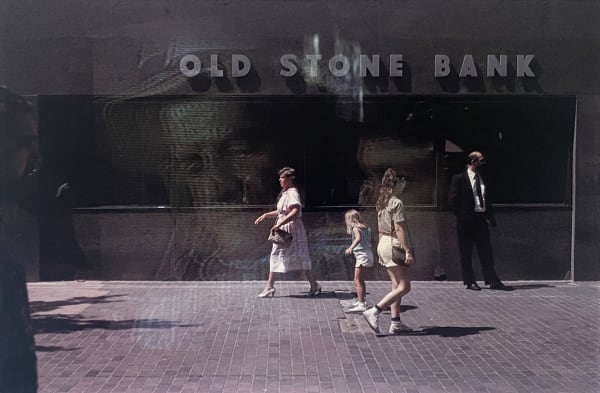-

-

-

-
"I wish more people felt that photography was an adventure the same as life itself and felt that their individual feelings were worth expressing. To me that makes photography more exciting."
- Harry Callahan
-

-
"The enemy of photography is the convention, the fixed rules of the "how-to-do." The salvation of photography comes from the experiment. The experimenter has no preconceived idea about photography. He does not believe that photography is only as it is known today, the exact repetition and rendering of the customary vision. He does not think that the photographic mistakes should be avoided since they are usually "mistakes" only from the routine angle of the historic development. He dares to call "photography" all the results which can be achieved with photographic means with camera or without."
-László Moholy-Nagy -
AVAILABLE WORKS
-
Harry CallahanAtlanta, 1984Signed in pencil recto; annotations in pencil versoDye transfer printImage: 9 9/16 x 14 7/16 inches
Paper: 17 3/8 x 21 1/2 inches$8,000 -
-
Harry CallahanProvidence, 1984Signed in pencil recto; annotations in pencil versoDye transfer printImage: 9 9/16 x 14 7/16 inches
Paper: 17 3/16 x 21 5/16 inches$8,000 -
Harry CallahanProvidence, 1971Signed in pencil recto; annotations in pencil versoDye transfer printImage: 7 5/16 x 7 3/16 inches
Paper: 9 5/16 x 8 11/16 inches$8,000













